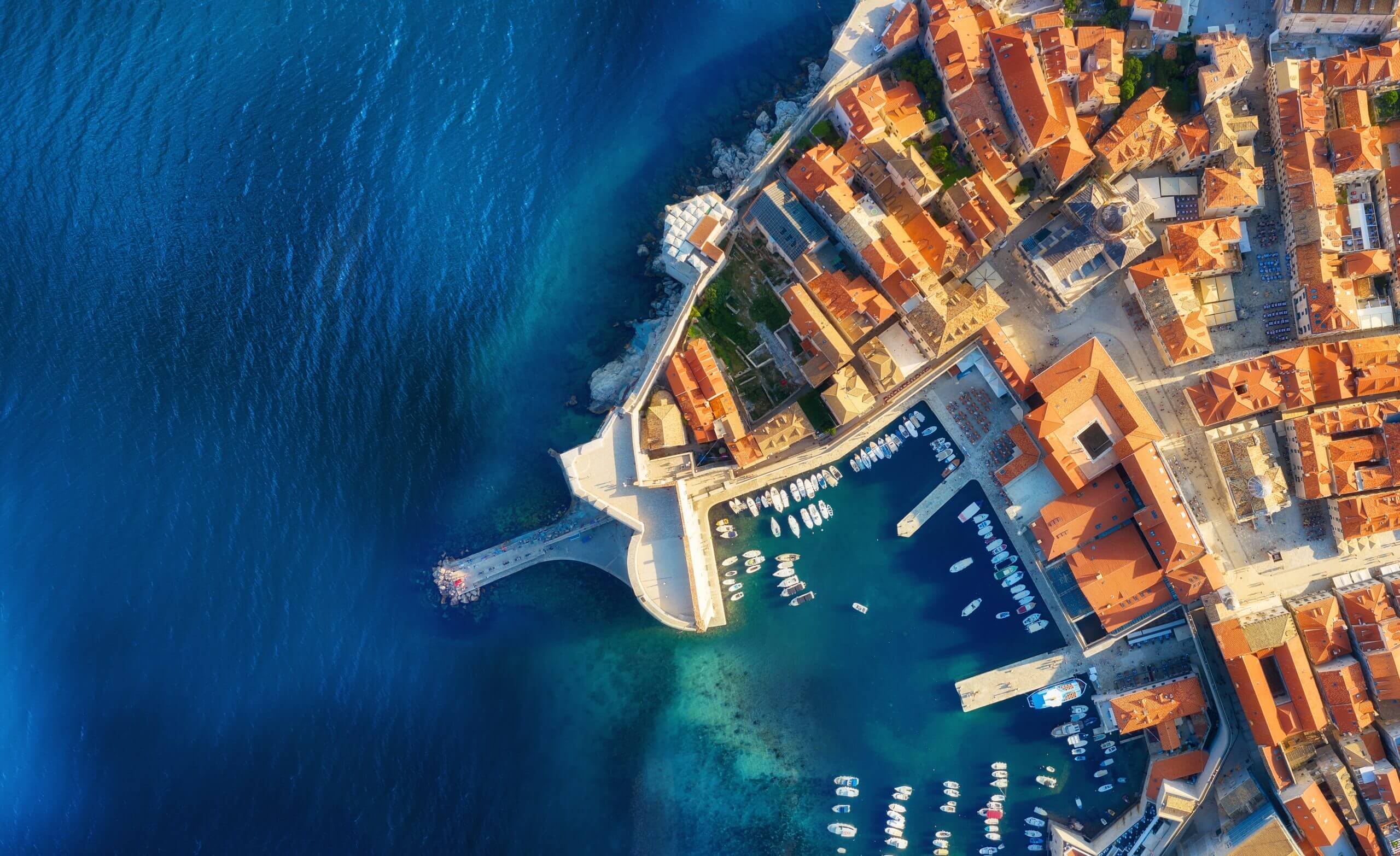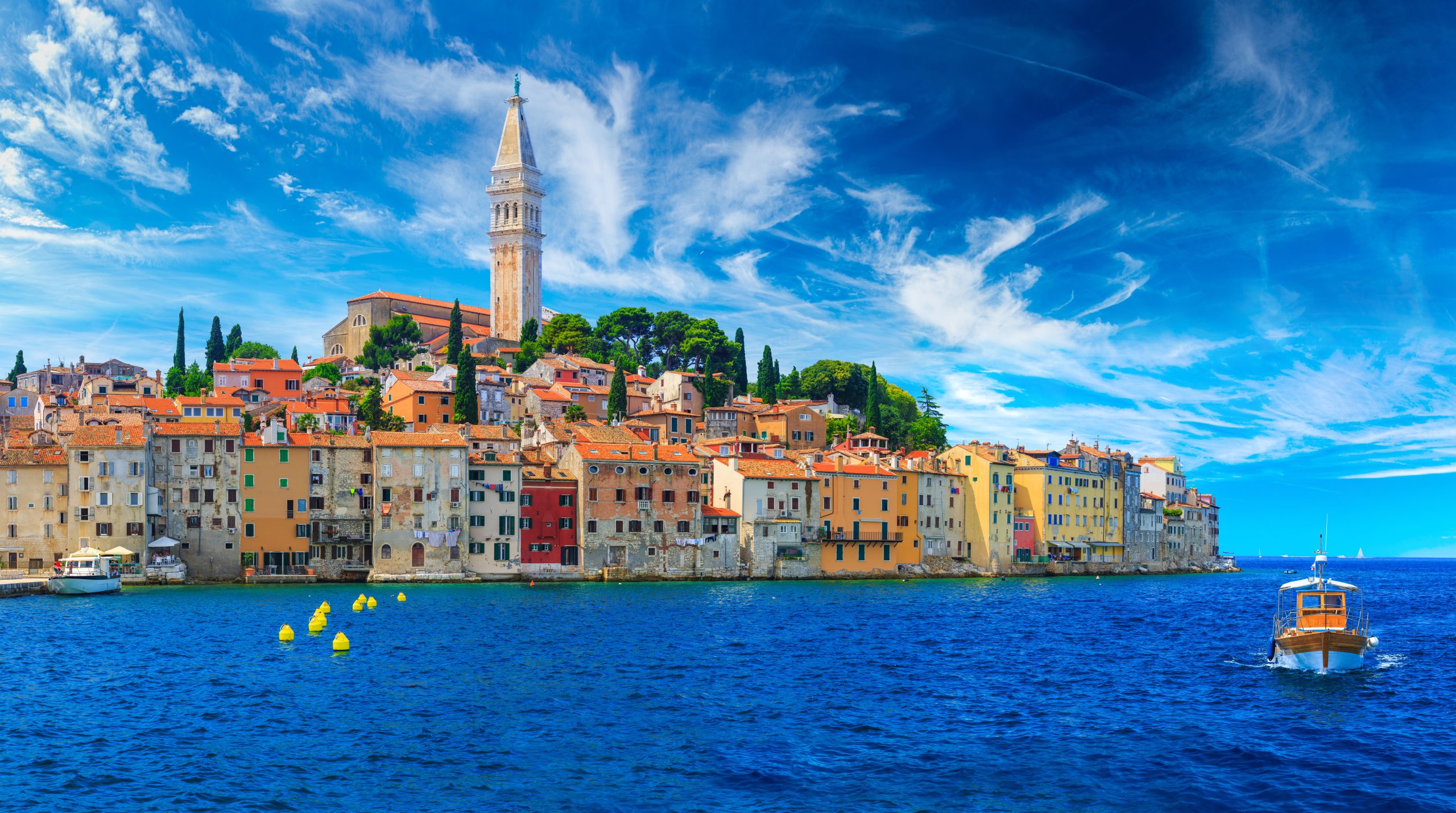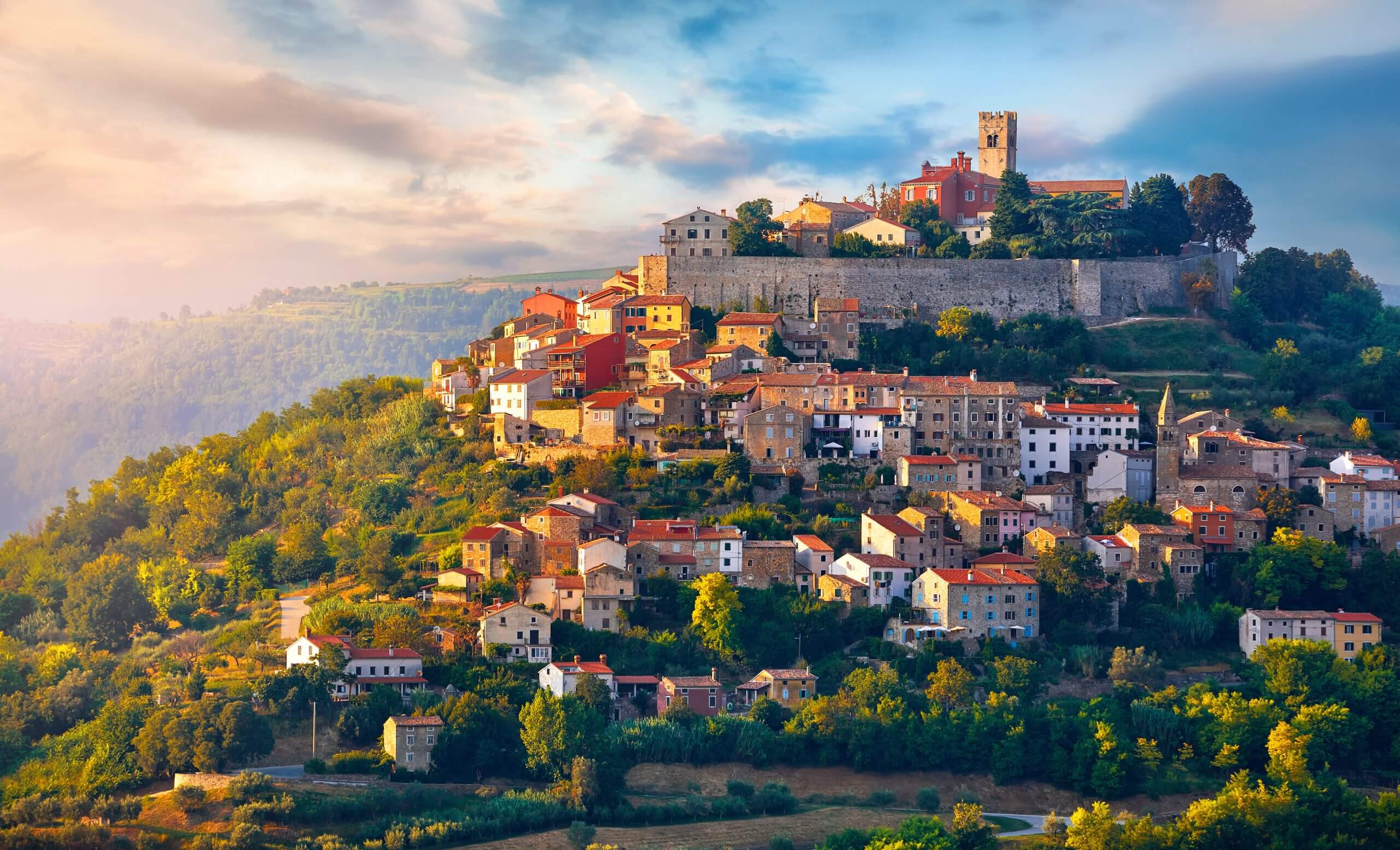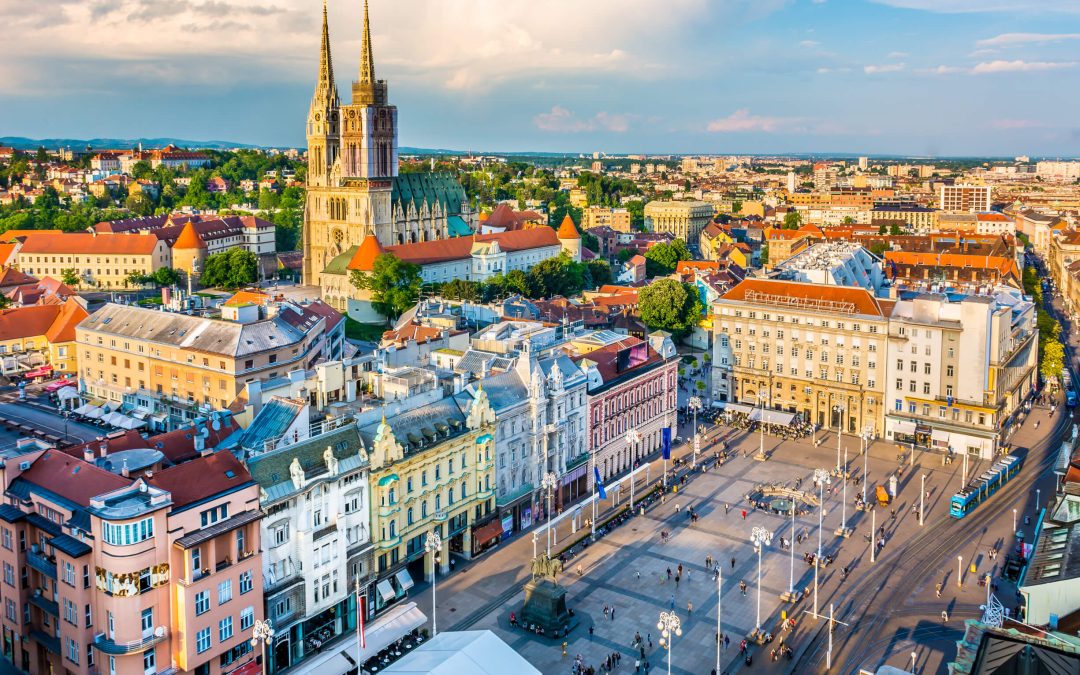Croatia is a country that transforms beautifully throughout the year, offering visitors a different experience in every season. Whether you’re drawn to sun-drenched coastlines, vibrant festivals, or quiet, off-the-beaten-path moments, there’s a perfect time to visit depending on what you seek. From the lively summer months packed with beachgoers and cultural events to the crisp autumn harvest season filled with truffles and wine, each period offers a unique glimpse into the heart of this breathtaking country. Let’s take a journey through the seasons and discover when to go for the best festivals, food, and fewer crowds.
Spring (March – May): The Awakening of Croatia
Spring in Croatia feels like a fresh start. The country begins to shake off the last remnants of winter as temperatures gradually climb, and nature bursts into bloom. With pleasant weather ranging from cool to comfortably warm, it’s the perfect time for long walks through historic cities or hikes in national parks without the crowds that arrive later in the year.
Zagreb comes alive with its Festival of Lights Zagreb, a season-long celebration of art, music, and cultural performances in the city’s streets and squares. For wine lovers, May is the time to visit Istria, where the annual Vinistra Wine Festival highlights the region’s best Malvazija and Teran wines. Dubrovnik, often overcrowded in the peak summer months, feels more serene, allowing visitors to explore its medieval walls in peace and take in its dramatic coastal views without the distraction of large tourist groups.
Food lovers will find plenty to enjoy during this season, as fresh spring ingredients make their way into traditional dishes. Wild asparagus is a delicacy in Istria and Dalmatia, often paired with scrambled eggs or creamy risottos. The island of Pag is known for its tender spring lamb, which is slow-roasted to perfection, and with the seas calmer than in summer, coastal restaurants serve up some of the freshest seafood of the year. A visit to Plitvice Lakes National Park in spring is a must—the waterfalls are at their fullest from melting snow, and the surrounding forest is lush and vibrant.
Summer (June – August): Festivals, Sun, and the Adriatic Sea
As summer arrives, Croatia enters its busiest and most vibrant season. This is the time when the Adriatic glistens under the sun, islands buzz with energy, and festivals fill every calendar. The coastline, from Split to Dubrovnik, sees an influx of travelers eager to soak up the Mediterranean heat, while the Dalmatian islands become playgrounds for sailing adventures and beach parties.
Music festivals are a highlight of the summer, with events like Ultra Europe in Split drawing thousands of electronic music fans. Meanwhile, the Dubrovnik Summer Festival transforms the UNESCO-listed Old Town into an open-air stage, featuring live performances in ancient squares and fortress courtyards. Film enthusiasts can enjoy a truly unique cinematic experience at the Pula Film Festival, where screenings take place in a massive Roman amphitheater under the stars.
Croatian cuisine in the summer is light, fresh, and inspired by the sea. Octopus salad, drizzled with olive oil and citrus, is a refreshing starter, while grilled fish, served with Blitva i krumpir (Swiss chard and potatoes), is a staple on coastal menus. A visit to Pag is incomplete without tasting its famous cheese, which pairs beautifully with a glass of crisp Pošip wine from the island of Korčula. Despite the high temperatures, summer evenings bring a pleasant coastal breeze, making it the perfect time to explore towns like Rovinj, Zadar, or Hvar after dark. Those seeking a quieter escape can hop over to Mljet National Park, a lush island paradise ideal for kayaking, biking, and swimming in saltwater lakes.
Autumn (September – November): The Golden Season
Autumn is one of Croatia’s best-kept secrets. As the summer crowds begin to fade, the weather remains pleasantly warm, making it an ideal time for those who prefer a more relaxed travel experience. The Adriatic Sea still holds onto its summer warmth, making September an excellent month for swimming and sailing, while inland regions like Slavonia and Istria come alive with the harvest season.
This is the time of year when food takes center stage. Truffle hunting becomes a major event in Istria, where local guides and their trained dogs search the forests for prized white truffles, later served in rich pasta dishes or drizzled over eggs. In Lovran, the Marunada Chestnut Festival celebrates the region’s sweet, earthy chestnuts, offering everything from roasted snacks to chestnut-infused cakes. St. Martin’s Day in November marks the celebration of new wine, a beloved tradition across Croatia, where vineyards host feasts and tastings.
The cooler temperatures make it an excellent time for cultural exploration. Zagreb’s café culture is at its best, with locals gathering in the crisp autumn air over coffee and štrukli (a baked cheese pastry). The medieval hilltop towns of Motovun and Grožnjan, which can feel swarmed in summer, become peaceful retreats, their cobbled streets illuminated by golden leaves. A trip to the Pelješac Peninsula offers the opportunity to sample full-bodied Plavac Mali wines straight from family-run wineries, while coastal cities like Split and Zadar take on a more local, authentic charm without the peak season rush.
Winter (December – February): A Quiet and Festive Wonderland
Winter in Croatia is often overlooked by travelers, but it’s a season of hidden delights, particularly for those who appreciate festive markets, hearty cuisine, and a more relaxed pace. While the islands and coastal towns slow down significantly, Zagreb becomes a winter wonderland, hosting one of Europe’s most celebrated Christmas markets. Advent in Zagreb transforms the city into a festive dreamscape, with ice skating rinks, twinkling lights, and stalls selling mulled wine, gingerbread, and traditional fritule (small doughnuts).
Dubrovnik and Split, usually bustling with tourists, take on a quieter charm in winter, allowing visitors to appreciate their historical beauty without the distractions of peak season. The mild coastal climate makes it possible to enjoy sightseeing comfortably, and restaurant reservations become effortless. Rijeka comes alive in February with its spectacular Carnival, one of the largest in Europe, where elaborate masks and lively parades fill the streets.
Winter cuisine in Croatia is all about warmth and comfort. Sarma, a dish of cabbage rolls stuffed with meat and rice, is a favorite during the cold months, while bakalar (a dried cod stew) is a Christmas Eve tradition.
Regardless of when you visit, Croatia has something extraordinary to offer. Whether you’re basking in the summer sun on an island, hunting for truffles in the autumn woods, or sipping mulled wine in a festive market, each season reveals a different side of the country’s rich culture, cuisine, and landscapes. So, when is the best time to visit? The answer depends on what you’re looking for—but rest assured, Croatia will never disappoint.



Call Us
+1 877 666 3113
Email Us
letsgo@skyvacations.net
